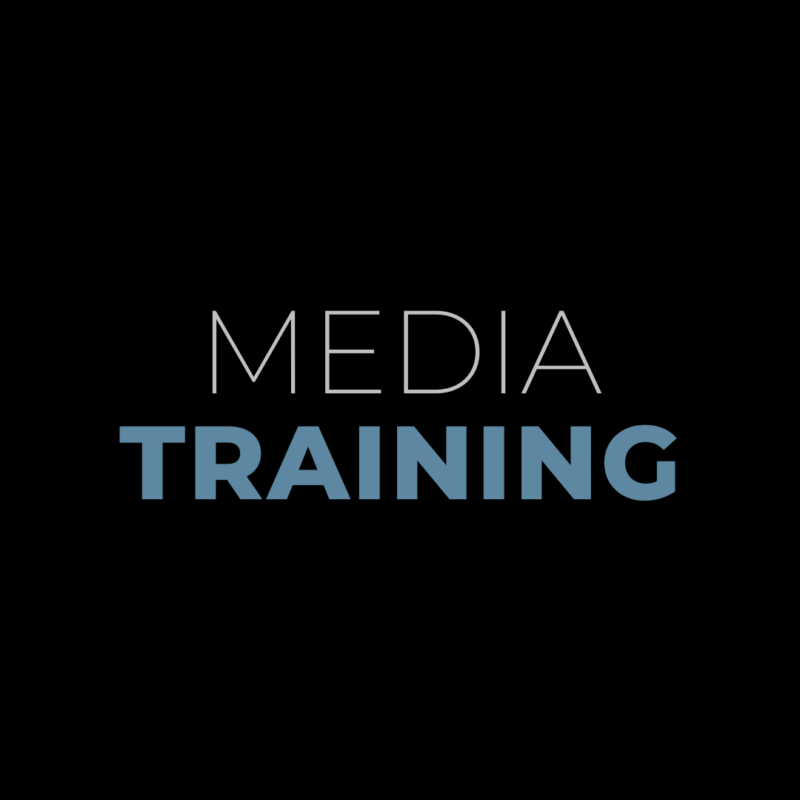Is your pitch newsworthy?
Media relations is one of the most important components of a holistic PR strategy. It’s a great way to get in front of different audiences and share your story. But how do you land coverage? The key to media relations is to find a newsworthy topic to share with the masses, and there are a lot of questions you need to answer before you pitch.
Your pitch is like your baby. You’re the agent, and it’s your star. You want reporters to believe in your baby as much as you do and share its message with the world – but how do you deem if your baby is right for the biz? I offer you these three tips to consider when crafting your next pitch.
It’s all about perspective
Before I started pitching, I looked at the process with the most basic set of eyes. You’re just sharing relevant content with reporters, who will then share it with the masses. But it’s much more than that. Yes, sometimes events or milestones come along that are easy to gift-wrap for reporters and make for a compelling story. But sometimes, you have to really dig to find the nugget that makes a pitch “newsworthy.” Media relations begs you to take a walk in another person’s shoes and consider what causes a story to transition from pure promotion to legitimate news.
How do you deem a topic newsworthy? Think about it as objectively as you can by asking yourself these questions:
- Would I want to read this in the news?
- Is this topic unique or distinct?
- Why would others want to know about this?
- Would this story be helpful for someone?
If you can answer these questions, your pitch has legs and could make a great story!
Right place, right time (right reporter)
After I establish the story is newsworthy, I move on to a three-part series of questions to determine when, where and to whom I pitch. Essentially, you ask, “Why does it matter right now to this reporter at this particular outlet?” A huge part of landing pitches starts with having a strong understanding of your local media outlets and equally as strong rapport with reporters. Reporters want to be able to tell a compelling story that fits within their beat or coverage focus, and it’s up to us to share those stories with them. Once I learned that I wasn’t pitching to a robot and that there was another person on the other end of my email who could find genuine interest in my story, I got a lot better at pitching.
Timeliness of a story is another key. You need to be sure that you’re giving the person you’re working with enough time to pick your story up before it’s too late. An added bonus to these timely pitches is offering something unique or special that will differentiate their coverage – like an exclusive interview with a person involved in your story.
Have all the facts
As much as all public relations pros want to tout their clients, we all have to be able to back up our statements with truth. If you’re pitching a story to a reporter, be sure to come armed with facts. Facts make stories compelling and build credibility, which is a valuable element for media outlets today in the age of “fake news.” Link to trusted sources, but don’t turn your pitch into a thesis. There’s a fine line between sharing useful facts to back up your story and going overboard and offering so much information that you lose the point of the story in the first place.


